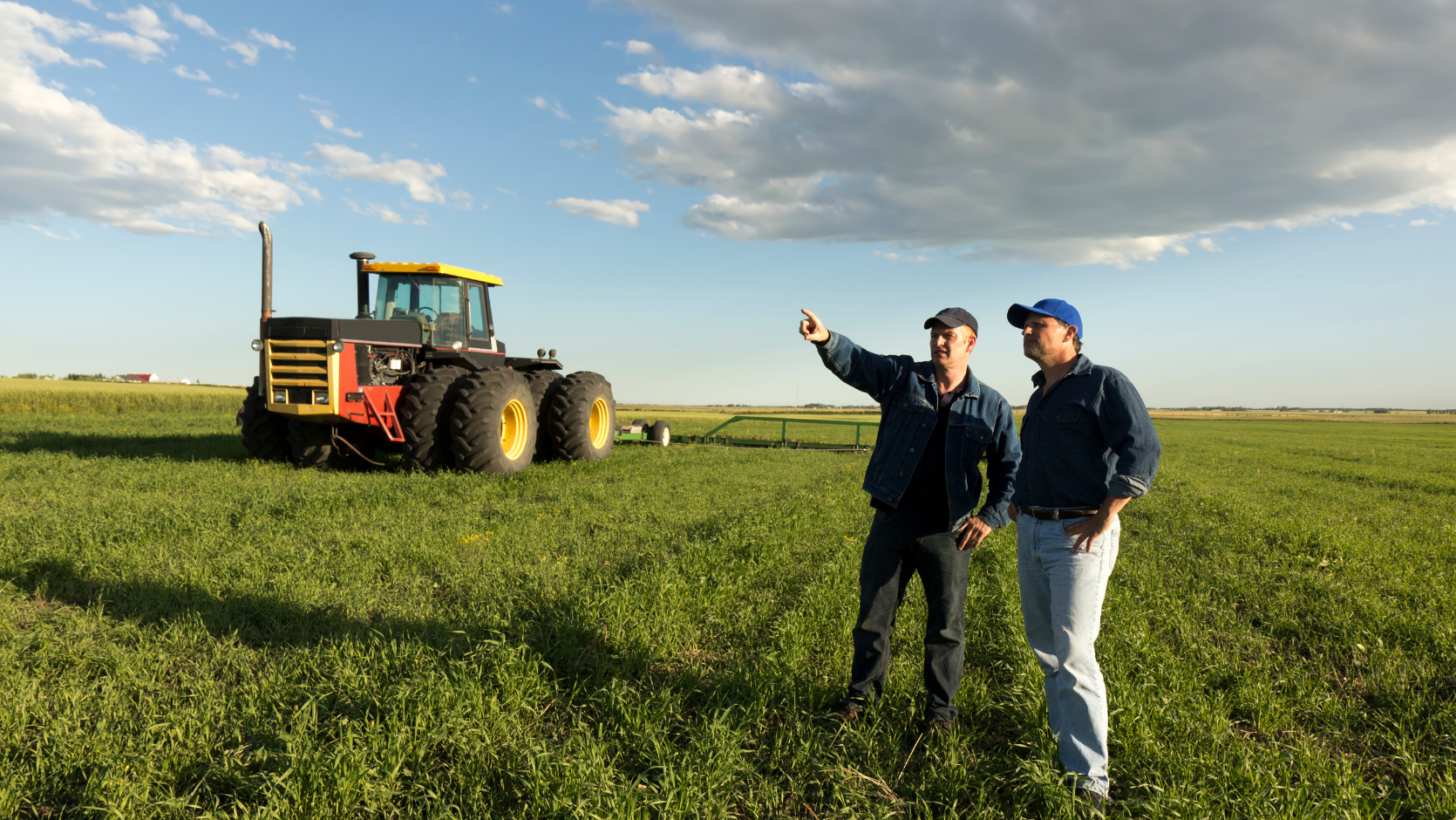The Facts
Carpenter engaged to work on construction site in NSW
On 31 May 2021, a carpenter began working on a construction site in northern NSW, not far from the Queensland border. The principal contractor on the work site was a company based in Queensland.
The carpenter had been contacted about the job by a NSW colleague he had known for decades, a licensed builder, allegedly on behalf of the principal contractor. The licensed builder then rang the principal contractor to confirm that the carpenter would start work on site the following Monday. There was no paperwork done, nor any employment declaration form filled in with either the licensed builder or with the principal contractor.
The principal contractor’s name was on the gate, and it appeared that this Queensland company was in control of the work site, irrespective of any other contractors. The carpenter assumed that the principal contractor would pay his wages. The licensed builder indicated to the carpenter that all payment had to be put through to the principal contractor.
Carpenter suffers injuries due to fall from scaffolding
On 2 June 2021, the carpenter fell from scaffolding and suffered severe life-threatening injuries. He was airlifted by a helicopter to Gold Coast University Hospital.
The carpenter made a claim against the principal contractor for weekly compensation because of his injuries and consequent inability to work. At the time of determination in December 2022, the carpenter continued to suffer total incapacity for employment.
Principal contractor denies liability for workers compensation claim
In denying the claim, the principal contractor argued that it worked under a management contract with the owners of the property. According to this arrangement, any works on site would be performed either by contractors, or by employees of a contractor.
The principal contractor maintained that the carpenter had his own ABN and was brought onto the work site by the licensed builder, who had workers compensation insurance in NSW.
The principal contractor also provided the following contractual disclaimer in its contract with the property owners:
[The Principal contractor] will perform no work on the construction site other than to observe the progress, communicate with contractors, suppliers and service providers and report progress to the client. Constructions means, methods, techniques, sequences, procedures and safety on site are the sole responsibility of the contractors, suppliers and service providers working for the client.
Principal contractor’s role on construction site
The principal contractor was responsible for arranging for the work to be done on the job site and determining which contractors would carry out which work, at what rate. It also monitored the work carried out by subcontractors and checked their invoices to determine whether to recommend payment by the property owners.
The principal contractor argued that nevertheless, it was otherwise not liable in the event of injury to a contractor or their employee on the construction site.
When the carpenter brought proceedings against the principal contractor seeking payment of workers compensation, the company defended the claim on the basis that either the carpenter was an independent contractor, or he was the responsibility of the property owners, or he was otherwise working for the licensed builder who introduced him to the work site.
It was up to the Personal Injury Commission to determine whether or not the principal contractor was liable to pay the carpenter’s workers compensation claim.














Expert commentary on the court's decision
Personal Injury Commission finds in favour of carpenter
In the matter of Nilon v Workers Compensation Nominal Insurer (iCare) & Ors [2022] NSWPIC 667, the Personal Injury Commission agreed with the carpenter, Mr Robert Nilon, in finding that the principal contractor, Berens Construction Pty Ltd, was liable to pay him workers compensation as a deemed worker.
Irreconcilable inconsistency in construction company’s position
The commission examined the legal relationship between Mr Nilon and Berens Construction. It found the difficulty with Berens’ position was that on one hand it defined itself as the head contractor on the worksite, while on the other hand it purported to abrogate all responsibility for anyone working on that site.
Berens Construction had a provision in its contract with the property owners which stated that it had no liability for payments due to contractors, subcontractors, tradespeople, suppliers, service providers or government authorities and there would be no contractual relationship between these and any contractor on the project.
However, aspects of Berens’ evidence revealed that it had the control of the day-to-day operation of the work site. This included solicitation of suppliers and contractors, conducting meetings with prospective contractors, evaluating quotes and general monitoring of the project on a daily basis.
Who formed the contract with the carpenter?
The commission cited the case R v Fostar; ex parte Commonwealth Life (Amalgamated Assurances) Ltd (1952) 85 CLR 138 in making the following observations.
The commission determined that a contract was formed between Mr Nilon and Berens Construction, not between Mr Nilon and the property owners or between Mr Nilon and the licensed builder.
This finding was based on Berens Construction having care and control of the work site, approving and/or retailing the work carried out by contractors and approving their invoices for payment by the property owners.
Nature of contract between carpenter and principal contractor
The commission considered the nature of the contract between Mr Nilon and Berens Construction. While the commission took into consideration some of the surrounding circumstances, it gave primacy to the nature of the contract in question and the work carried out on the job site.
A “worker” is loosely defined by the Workplace Injury Management and Workers Compensation Act 1998 (“the Act”) as a person who entered into work under the contract of service or a training contract with an employer, whether the contract is express or implied, and whether the contract is oral or in writing.
However, it was necessary to determine whether Mr Nilon was either a worker or deemed worker, or whether he carried out the work as an independent contractor.
In this instance, the relationship favoured a construction that Mr Nilon was a contractor, rather than a worker on site. Notwithstanding the payment of an hourly rate, Mr Nilon had to pay his own tax and superannuation, provided his own tools, and did not hold himself as representing Berens Construction.
The totality of the evidence did not support an employment relationship between Mr Nilon and Berens Construction.
Carpenter’s classification as a deemed worker
While Mr Nilon was considered a contractor, he was still classified as a “deemed worker” by the commission under the Act, which states that “where a contract is made with a contractor, who neither sublets the contract nor employs any worker, the contractor is taken to be a worker employed by the person who made the contract with the contractor”.
The commission found the work performed by Mr Nilon was not incidental to a trade or business regularly carried on by him. Irrespective that he had an ABN, Mr Nilon invoiced Berens Construction in his own name and not that of his business.
As Mr Nilon satisfied the requirements of a deemed worker, he was successful in his claim for compensation against Berens Construction.
While orders were made against Berens Construction, the company was not insured for workers compensation in NSW. Consequently, the NSW workers compensation nominal insurer, iCare, was deemed liable to pay Mr Nilon weekly compensation, starting from the date of his injury.
Berens Construction was in turn liable to reimburse iCare for any compensation it paid to Mr Nilon.
For Queensland companies employing people in NSW the message is clear. You must have workers compensation insurance in NSW if you have workers on a site in New South Wales.
[Editor’s note, February 2023: this case is currently on appeal.]